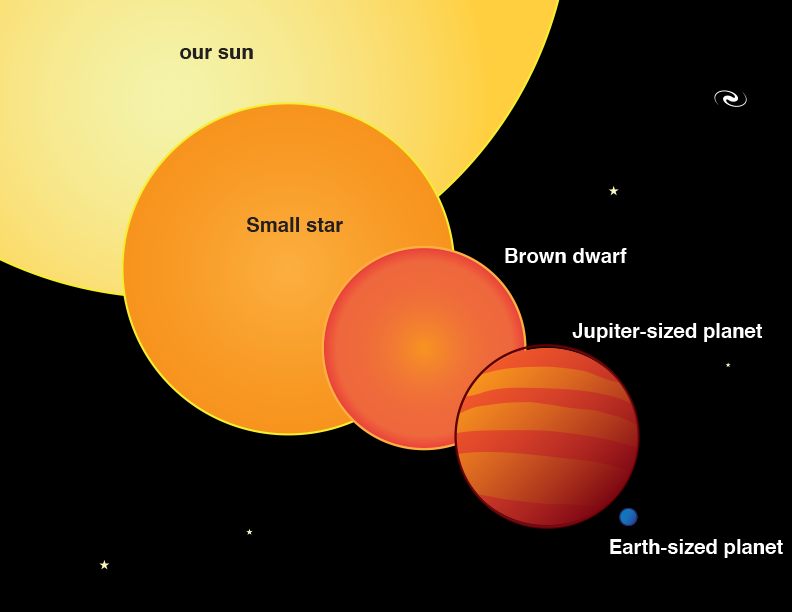For centuries, humans have gazed upon the twinkling night sky, captivated by the celestial dance of planets. But what exactly defines a planet? The answer, it turns out, is more nuanced than you might think.
The Three Pillars of a Planet
In 2006, astronomers came to a consensus on a definition for a planet within our solar system. A planet must fulfill three key criteria:
- Orbit a Star: A planet must be gravitationally bound to a star, steadily circling it in a defined path.
- Achieve Hydrostatic Equilibrium: The planet must be massive enough for its own gravity to overcome rigid body forces, shaping it into a nearly round sphere. Think of a giant ball of water in space – its own gravity pulls everything inward, creating a spherical form.
- Clear its Neighborhood: The planet's gravity should be dominant in its orbital path, having cleared away most other objects of comparable size.
These criteria ensure a clear distinction between planets and smaller celestial bodies like asteroids or comets.
The Exoplanet Enigma
With the discovery of exoplanets – planets orbiting stars beyond our solar system – the question arises: Does the same definition apply? The current definition is very much focused on our own solar system's formation process. Exoplanets come in a surprising variety, some even exceeding the size of our gas giants. So, can planets form differently?
The Star's Leftovers or Lonesome Giants?
Our planets likely coalesced from the swirling disc of gas and dust leftover after the Sun's formation. But what about exoplanets that don't necessarily originate from such a disc? For instance, a small, isolated gas cloud collapsing due to its own gravity could theoretically form a sphere. Would this be considered a planet, especially considering gas giants like Jupiter are essentially giant spheres of gas?
The Brown Dwarf Conundrum
Freely floating spheres of gas that lack the mass to ignite nuclear fusion are classified as brown dwarfs. These celestial objects occupy a curious middle ground: too big to be planets by some definitions, yet not massive enough to be stars.
A recent discovery further muddies the waters. An even smaller, red-hued gassy object found adrift in space challenges our categorization. Did it form like a brown dwarf, or was it ejected from a stellar system?
The Great Debate: Formation Matters?
The question of planetary classification boils down to a fundamental debate: Does a planet need to form around a star to be considered one? Some scientists argue that a standalone gas sphere formed from a collapsing cloud is simply a failed star, not a planet. Others believe the formation process is irrelevant – a large, spherical object bound by its own gravity qualifies as a planet regardless of its origin.
These ongoing debates are the lifeblood of scientific discovery. They push us to refine our understanding of the universe and its celestial inhabitants. As we explore the cosmos further, the very definition of a planet might need to evolve to encompass the incredible diversity we find beyond our solar system.
Tags:
Cosmology

